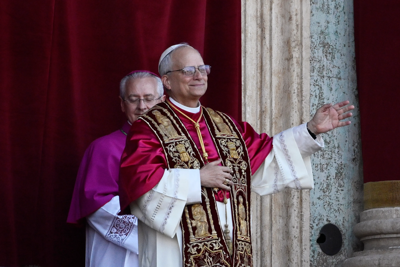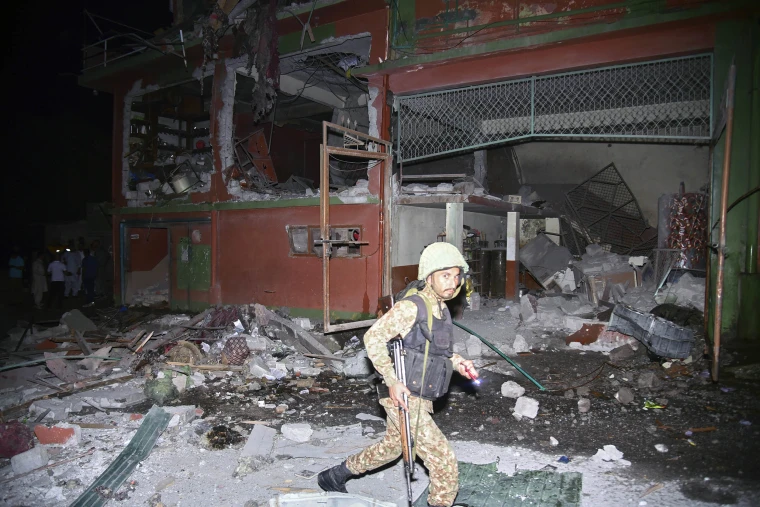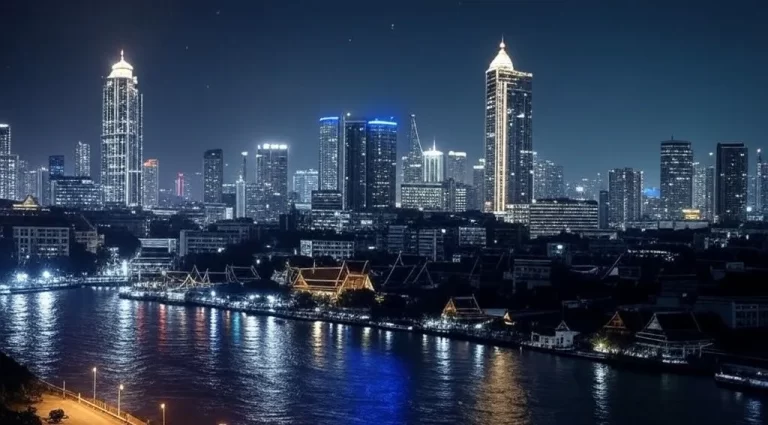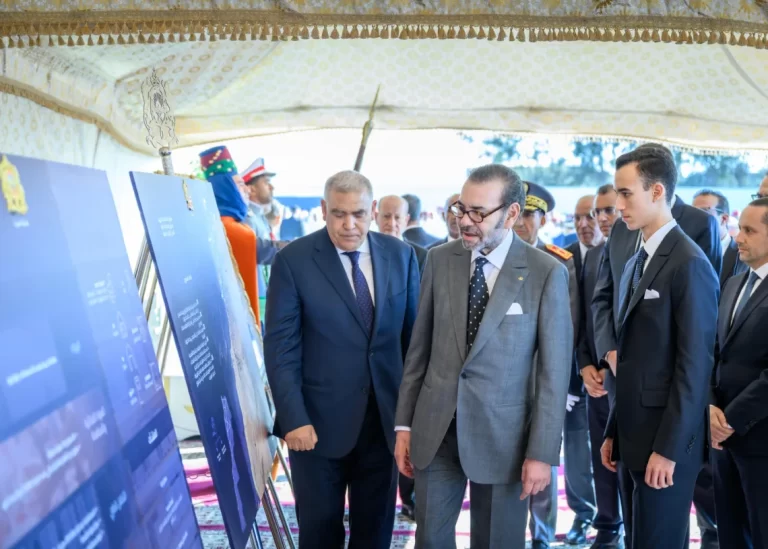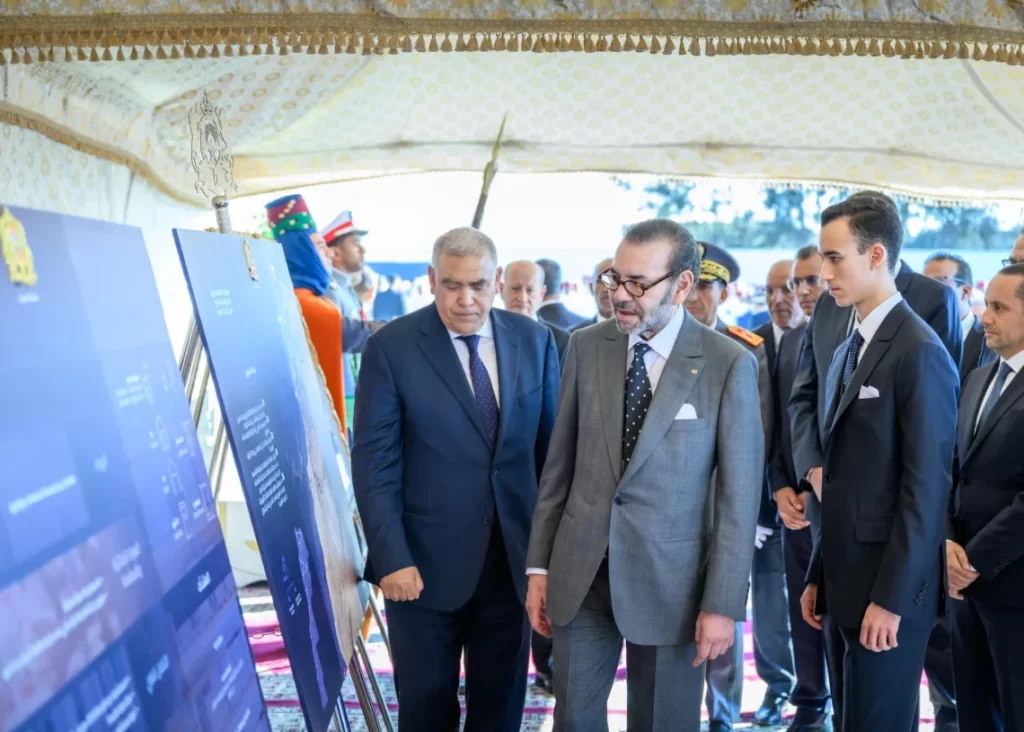
Ameur, Salé Prefecture – May 7, 2025
His Majesty King Mohammed VI, accompanied by His Royal Highness Crown Prince Moulay El Hassan, presided today over the groundbreaking of a vital infrastructure project in the commune of Ameur: the construction of the Rabat-Salé-Kenitra region’s essential reserves platform. This initiative is a cornerstone of Morocco’s proactive disaster preparedness strategy and a testament to the nation’s commitment to resilient, rapid response systems.
The project, covering a 20-hectare site with a completion timeline of 12 months, represents a significant investment in national safety and humanitarian capacity. With a projected budget of MAD 287.5 million, the platform will include four large warehouses, shelters for oversized equipment, a helipad, and logistical support infrastructure. It is designed to serve as an emergency supply hub, stocked with critical materials such as tents, blankets, food supplies, and medical equipment for immediate deployment in the wake of natural or industrial disasters.
This construction marks the first stage of a larger national program that His Majesty has mandated—an ambitious plan to establish 12 such platforms across the Kingdom. With an overall investment nearing MAD 7 billion, including MAD 2 billion for construction and MAD 5 billion for procurement of goods and materials, this network of reserves is strategically distributed across Morocco to ensure equitable and efficient disaster response.
Each platform’s scope and capacity are tailored to regional population densities and specific vulnerability profiles. For example, major urban and high-risk zones like Casablanca-Settat, Marrakech-Safi, and Fez-Meknes will host larger facilities with four warehouses each, while less densely populated regions will house two warehouses.
The stocked materials will cover essential needs across several categories:
- Shelter: 200,000 multipurpose tents and accompanying bedding supplies.
- Food and Water: Mobile bakeries and kitchens, food kits, and water purification systems.
- Electricity: Towable power generators for immediate power restoration.
- Rescue Equipment: Tools for flood control, search and rescue operations, and hazard-specific emergencies.
- Medical Response: Twelve mobile field hospitals in two phases, complete with surgical and specialty care modules, triage units, and extensive medical reserves.
The storage and management of supplies will be handled by specialized teams under stringent quality and safety protocols, in accordance with international standards.
Beyond physical preparedness, the initiative symbolizes Morocco’s evolution into a model of strategic crisis readiness and sustainable resilience. The program also aims to triple the strategic stockpiles available during the Al Haouz earthquake, reflecting lessons learned and future-focused planning.
Furthermore, this undertaking is expected to stimulate domestic manufacturing of critical disaster relief equipment, contributing to a national ecosystem capable of supporting emergency deployment at scale.
With regional site selection grounded in rigorous risk assessments and informed by global best practices, these platforms will redefine the Kingdom’s emergency response capacity. In doing so, they highlight Morocco’s dedication to protecting its citizens and reinforcing national solidarity in times of crisis.
